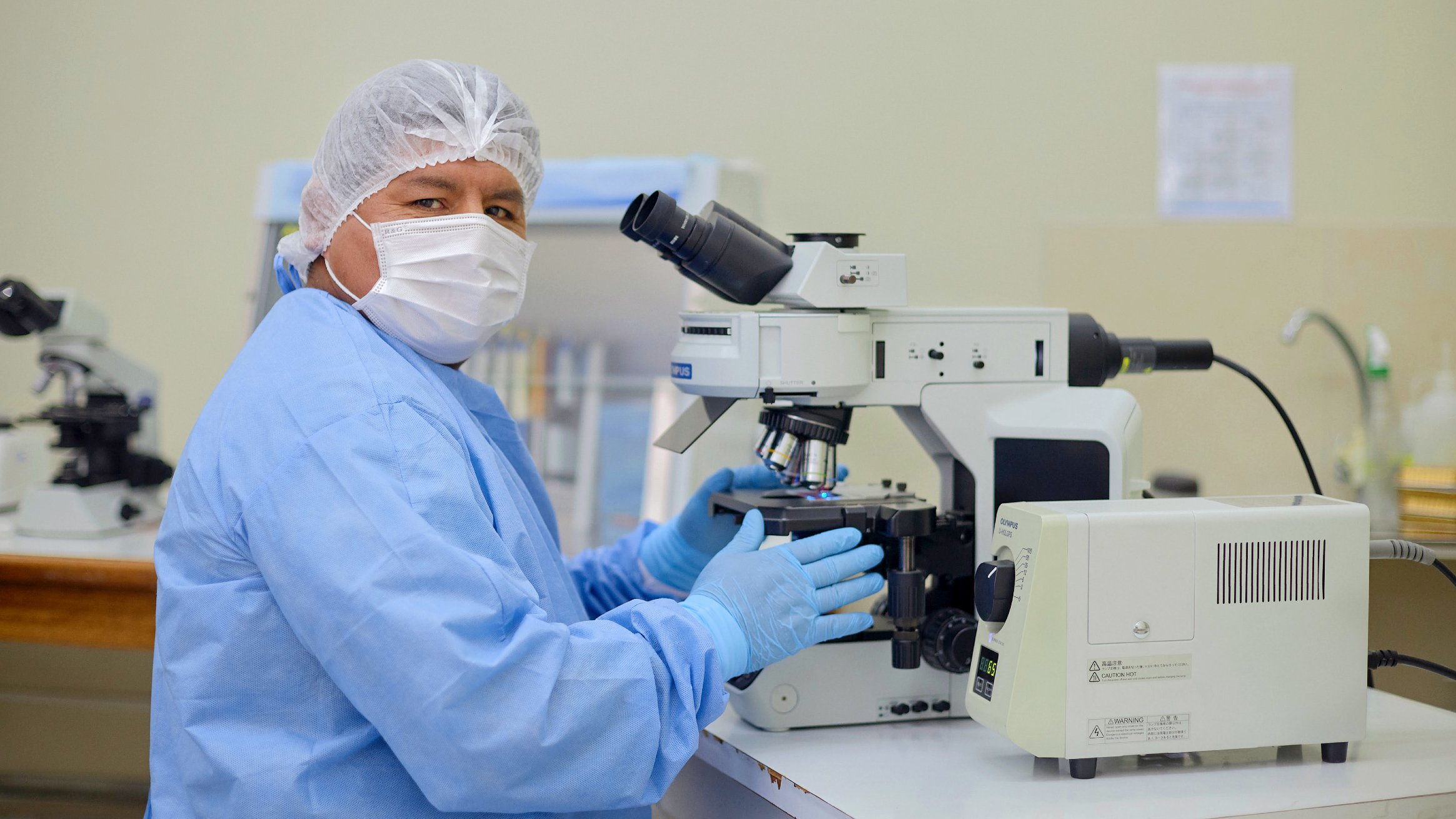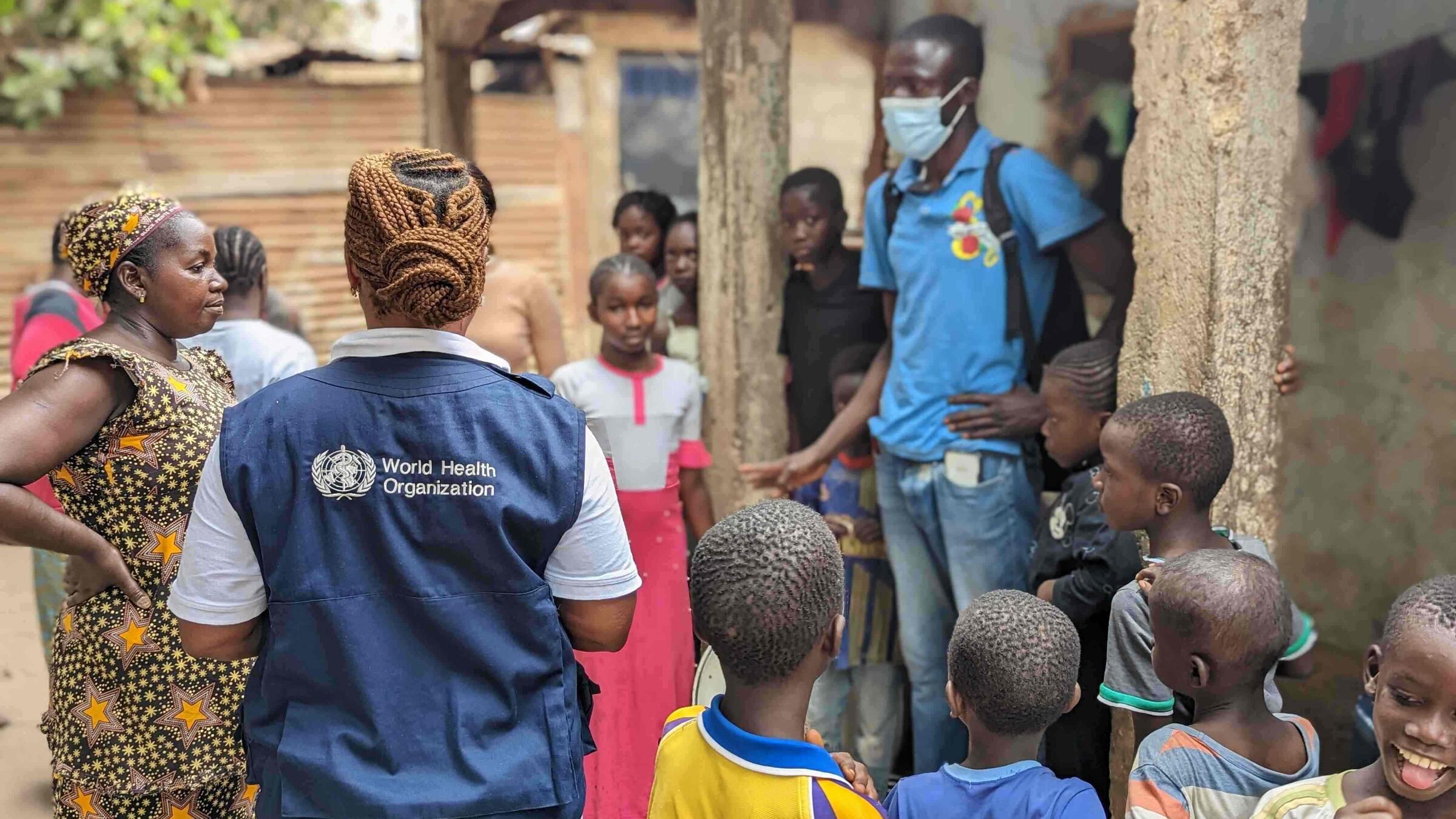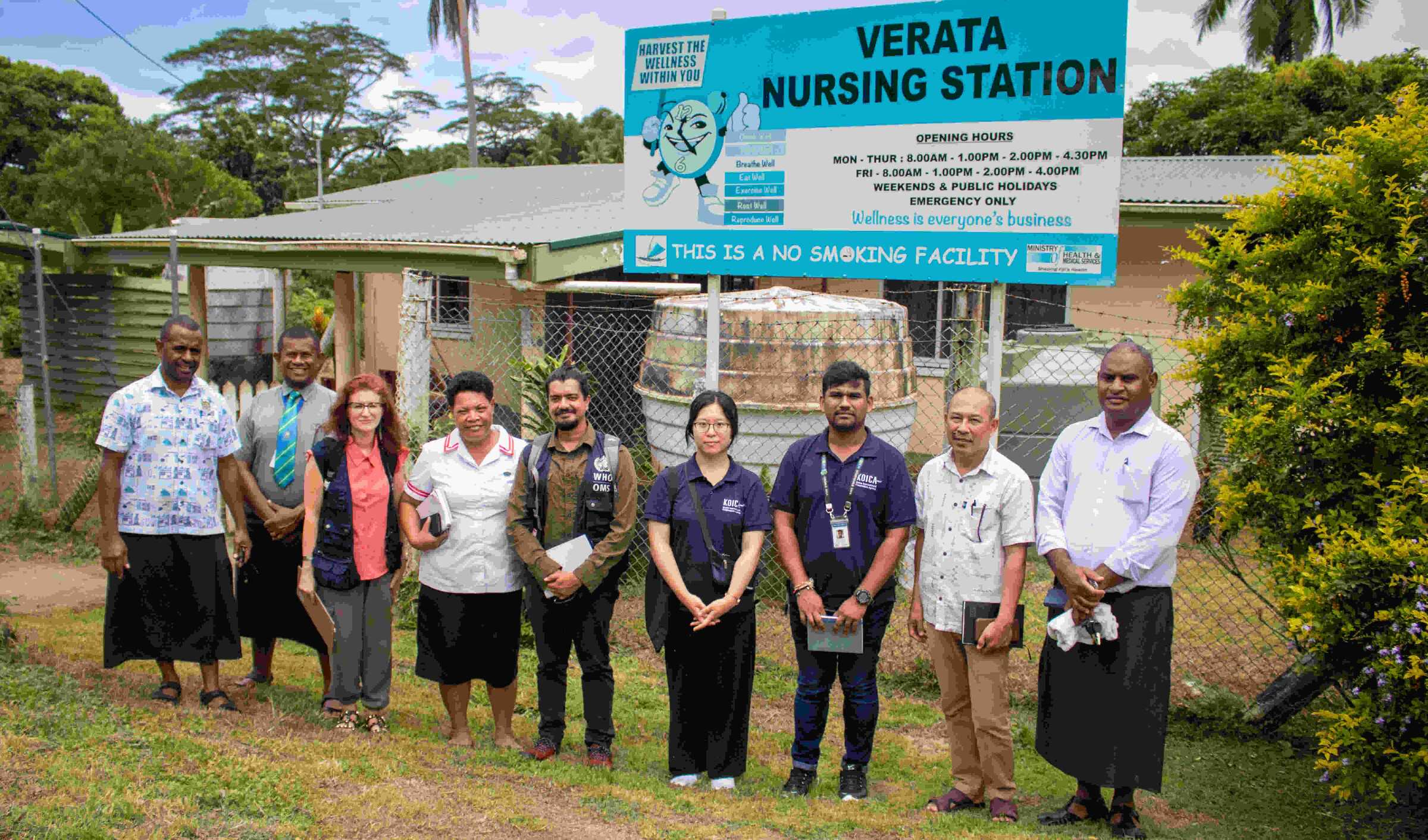/planning-resource-coordination-and-per-monitoring-(prp)/influenza-surveillance-review-meeting-nepal.jpg?sfvrsn=69932679_3)
INVESTMENT ROUND: IMPACT STORY
Peru strengthens its systems to respond effectively to health emergencies
WHO’s collaboration helped establish foundations for resilient health system
 © PAHO / WHO Peru
© PAHO / WHO Peru
12
regions’ capacities strengthened
1500
individuals trained
31
health facilities trained and equipped
The COVID-19 pandemic revealed significant inequities and inadequacies in Peru’s capacities to detect, report, and respond to public health emergencies.
PAHO/WHO teamed up with Peru's Ministry of Health to identify and address critical gaps in key areas including epidemiological surveillance, laboratory capacity, local-level data-driven decision-making, and risk communication.
PAHO/WHO, using a systems approach, provided technical assistance to strengthen Peru’s epidemiological surveillance, laboratory capacity, data analysis, risk communication, COVID-19 and noncommunicable disease case management, infection prevention and control, oxygen management, and mental health care.
Peru's response to health challenges received a significant boost through a collaboration with PAHO/WHO, backed financially by the USAID Bureau of Humanitarian Affairs (BHA) and the American Rescue Plan (ARP). The collaboration, in line with the key pillars of WHO’s Strategic Preparedness and Response Plan for COVID-19, resulted in enhanced situation rooms, data platforms, and regional laboratories which rapidly strengthened International Health Regulations core capacities in 12 of the country's 25 regions, increasing the country's resilience to health emergencies.
PAHO/WHO facilitated training activities for nearly 1500 individuals, including healthcare professionals, community health workers, and journalists, across 12 regions.
It procured vital equipment for establishing modern 'situation rooms', regional laboratories, and health facilities.
The collaboration led to consolidating data systems and establishing modernized situation rooms in 5 regions, significantly improved decision-making capabilities. Laboratory diagnostic capacities notably improved and decentralized in these regions.
PAHO/WHO's procurement of essential laboratory equipment and staff training, for COVID-19 and Mpox testing, enable laboratories to test for a wider range of public health diseases.
→ Read the full story: Peru strengthens its systems to respond effectively to health emergencies
Return on investment
A fully funded WHO will support Member States to save an additional 8.5 million lives in health emergencies, including preparedness and prevention of outbreaks, by 2028.
Helping strengthen Peru’s systems to respond to better detect health emergencies is an example of WHO delivering on preparedness, readiness and resilience for health emergencies, contributing to WHO's Fourteenth General Programme of Work (GPW 14), strategic objective 5.2.
Funding the future
PAHO/WHO’s support to Peru to strengthen its systems for health emergency responses would not have been possible without funding.
To continue this vital response to emerging threats, WHO needs sustainable financing, that is, predictable, flexible and resilient. This will allow WHO to have the greatest impact where it is needed most. Please support the WHO Investment Round.
/invest-visual-investing.png?sfvrsn=dbf748b9_20)

/ir-pie-chart-emergencies-amr.tmb-1920v.png?sfvrsn=c79fac88_2)

